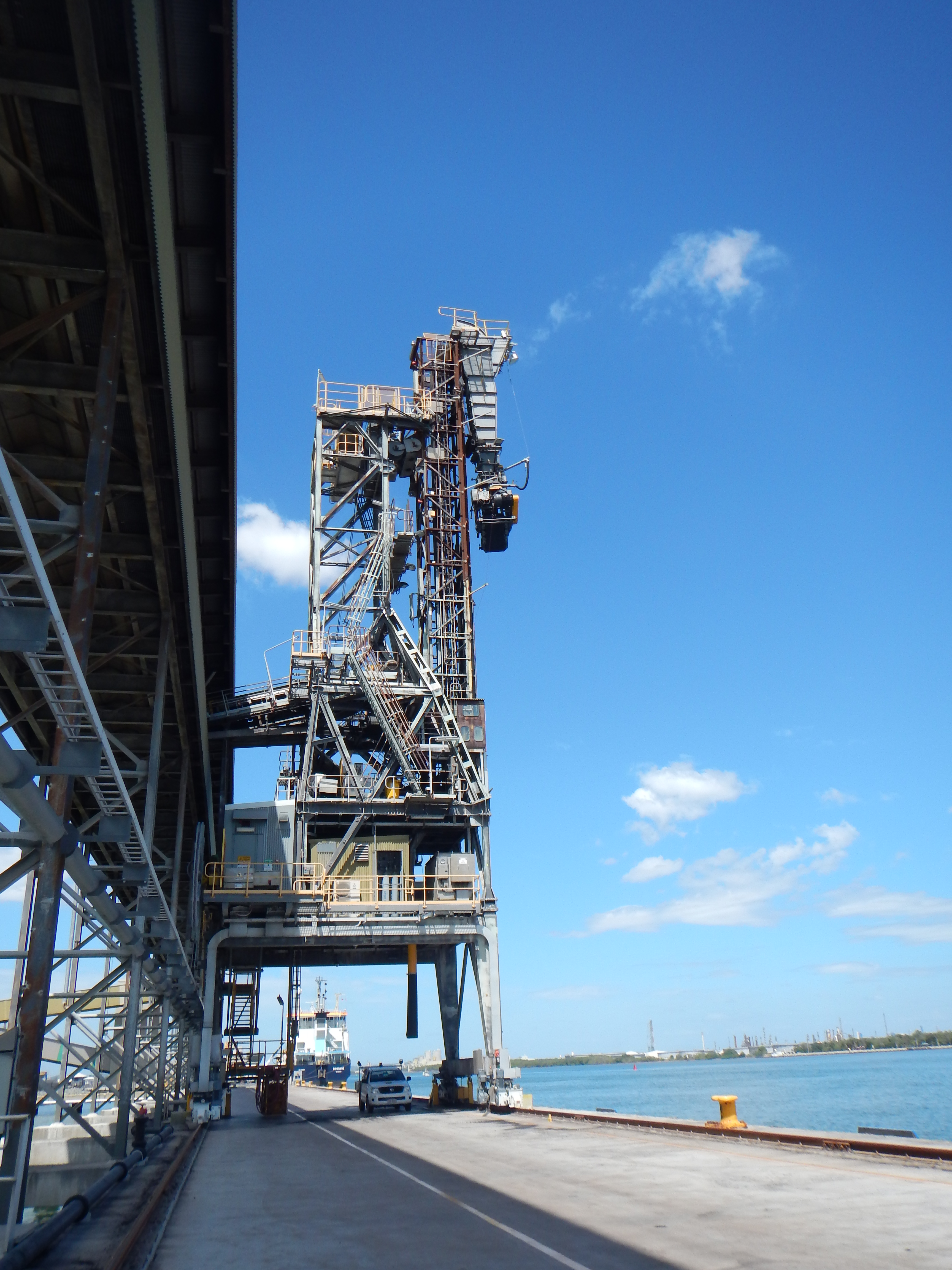Effective inspection methodologies are key to keeping structures sound and operations smooth. This article explores how ASPEC tailors inspection strategies to meet the distinct needs of various sites and equipment types, ensuring safety and efficiency are always top priorities.
Setting inspection methods and intervals depends on a number of factors that are specific to each owner, each site and each part of the facility. Most sites have inspection practices that have evolved over time, and it is rare that the subject is approached holistically. Inspection intervals exist due to a mix of what has been done in the past, looking at what other sites do, specific problems that have been experienced at a particular site and perceptions regarding the requirements of Australian Standards, legislation or government authorities.
Stepping back, it should be asked why inspections are completed in the first place. The answer is that they are used as a control against specific risks. The main types of structural integrity risks are:
- Corrosion which is mostly related to time and environment
- Fatigue damage which is related to the load and accumulation of load cycles which is closely correlated to throughput rates and cumulative tonnes.
- Impact damage, which can occur at any time, and therefore requires a relatively short inspection interval
Risk is often not adequately considered in the inspection process, nor when it comes to prioritising repairs. Failure to consider risk may lead to higher inspection costs and funds not being allocated to right areas or the wrong repair strategies being adopted. Many systems are based heavily on rating the physical appearance of a defect rather than the effect the defect has to the integrity of the structure. This may lead to misdirected or over expenditure or expenditure at the wrong time in the assets life cycle which will lead to increased costs over the life of the asset.
It is important to review the frequency of inspections to reflect the criticality of the structure or component. The scheduling of the inspections should also be reviewed so that they provide the required information to align with the business planning process and maintenance outages.
